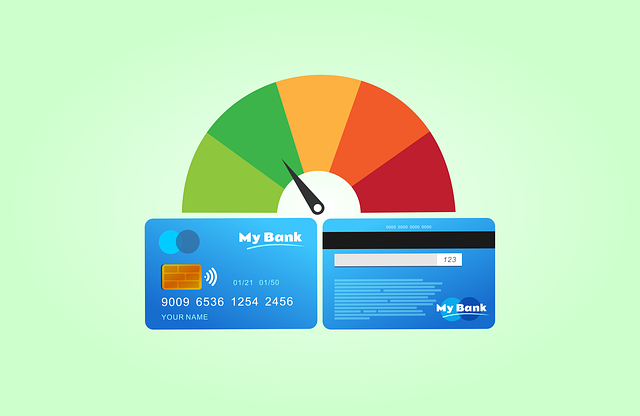Securing a working capital loan requires understanding key lender assessments, including credit history, cash flow projections, loan purpose, and industry standards. These loans fuel day-to-day business operations, offering short-term access for immediate needs, bridging gaps, or managing unexpected expenses. To qualify, businesses must demonstrate financial stability through solid revenue, positive cash flow, and clear loan purpose, backed by detailed financial records and collateral if possible. Accurate documentation is crucial for meeting working capital loan requirements and securing favorable terms.
“Unsure about the best working capital loan option for your business? This comprehensive guide compares various loan types, empowering you to make an informed decision. From understanding crucial working capital loan requirements like financial documentation and eligibility factors to navigating traditional bank loans versus alternative lenders, we’ve got you covered. Learn about key loan terms, conditions, and interest rates, plus the pros and cons of short-term vs. long-term financing. Discover how to choose the perfect working capital solution for your business’s unique needs.”
- Understanding Working Capital Loan Requirements
- – Definition of working capital and its importance
- – Key factors that determine loan eligibility
- – Documenting business financials for application
Understanding Working Capital Loan Requirements

When considering a working capital loan, understanding the specific requirements is paramount. These loans are designed to provide businesses with immediate financial support, typically for operational needs such as inventory purchases, payroll, or meeting short-term obligations. Lenders will assess various factors before approving funding, including the borrower’s credit history, cash flow projections, and the purpose of the loan.
The working capital loan requirements often involve demonstrating a solid business plan and financial stability. Lenders may request detailed financial statements, tax returns, and balance sheets to gauge the borrower’s financial health. Additionally, they might consider industry standards and comparable financial metrics to evaluate the viability of the business and its ability to repay the loan promptly.
– Definition of working capital and its importance

Working capital refers to a company’s operational cash flow, representing the funds required to cover day-to-day expenses and short-term obligations. It is the lifeblood that keeps businesses running smoothly by ensuring they have enough liquidity to manage their current assets (like inventory and accounts receivable) and pay for immediate operating costs, including salaries, utilities, and raw materials. The importance of sufficient working capital cannot be overstated; it enables businesses to seize opportunities, maintain stability during economic downturns, and capitalize on growth prospects.
When considering a working capital loan, understanding the specific requirements is essential. Lenders will typically assess factors such as cash flow projections, accounts receivable turnover rates, inventory management, and overall financial health. Working capital loans are often short-term and quick to access, making them ideal for funding immediate operational needs, bridging financial gaps, or managing unexpected expenses. These loans can provide a safety net, ensuring businesses have the necessary funds to maintain continuity and seize market opportunities.
– Key factors that determine loan eligibility

When considering a working capital loan, several key factors determine your eligibility. Lenders assess your business’s financial health by evaluating key performance indicators such as revenue, cash flow, and debt levels. Strong financials enhance loan eligibility, as it demonstrates your ability to repay the loan on time.
In addition to financial metrics, lenders also consider collateral, credit history, and the purpose of the loan. Offering collateral can improve terms and increase your chances of approval. A solid credit history showcases responsible borrowing habits, while a clear understanding of the loan’s intended use shows thoughtful planning and increases trust in your business.
– Documenting business financials for application

When applying for a working capital loan, one of the key considerations is preparing and documenting your business’s financial records. Lenders will want to see a clear picture of your company’s financial health and stability. This typically includes providing historical financial statements, such as profit and loss reports, balance sheets, and cash flow projections. These documents are essential for meeting the working capital loan requirements set by lenders.
Ensure that your financials are up-to-date, accurate, and well-organized to streamline the application process. Lenders often look for consistent growth trends, positive cash flow, and a solid repayment capability when assessing working capital loan applications. Therefore, having detailed and transparent financial documentation is crucial to making a compelling case for securing the funds your business needs.






